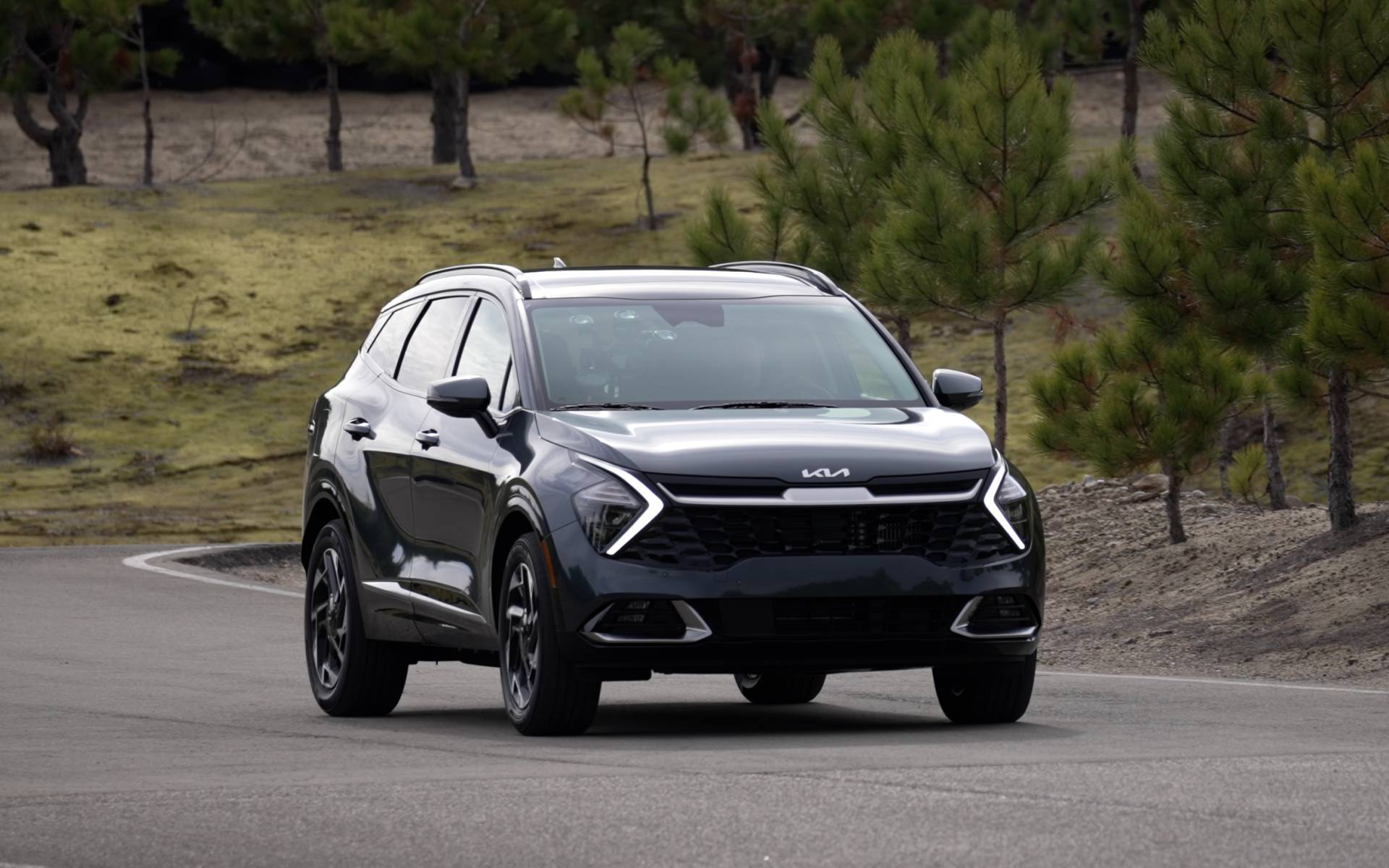Kia is New No. 1 in Fuel Economy, Emission Performance, EPA Says
Even though vehicles keep getting bigger, heavier and more powerful, with pickups and SUVs only getting more popular, the 2023 models on average proved more fuel-efficient and cleaner than any of their predecessors, according to the 2024 Automotive Trends Report published last week by the U.S. Environmental Protection Agency (EPA).
Obviously, the number of hybrid and electric models has increased, but much of the credit goes to the various advanced technologies introduced by automakers in recent years including cylinder deactivation, auto stop-start, and CVTs or transmissions with extra gears. What’s more, bigger engines are making room for smaller, turbocharged units.
- Also: Toyota Prius Sets New Guinness World Record for Fuel Economy
- Also: U.S. Auto Emission Standards Toughened, but Automakers Given More Time
The EPA says that further improvements in fuel economy and reductions in greenhouse gas emissions are required as passenger cars and light trucks still account for nearly 17 percent of total emissions in the U.S.

The Best and Worst Makes for Fuel Economy and Emissions
Over the past 20 years, going back to the 2004 model year, fuel economy has improved 40 percent overall while CO2 emissions have decreased 31 percent, the report notes. Then again, the market’s shift away from conventional passenger cars and towards SUVs and pickups has offset some of the fleetwide benefits.
Most automakers—10 of the 14 largest—have improved their CO2 emissions and fuel economy over the last five years (2018-2023). On the flip side, Subaru, Honda (a former No. 1), Mazda and General Motors have all taken a step back. The following graph reveals which ones are the best and the most improved:

Other than Tesla, which only sells fully electric models, the most fuel-efficient automaker is now Kia. Another Korean make, Hyundai, ranks second, followed by Nissan. Mercedes-Benz has made the biggest improvement from 2018 to 2023.
As the maker of Ram pickups and Jeep SUVs, Stellantis continues to rank dead last. However, future EPA reports may tell a different story as the automaker’s HEMI engines keep disappearing and electric products like the Dodge Charger Daytona and Ram 1500 REV arrive.
And for the record, while Mitsubishi is missing from the list, the tiny Mirage was the non-plug-in vehicle with the best fuel economy in the entire auto industry for the 2023 model year with a combined rating of 6.2 L/100 km (according to Natural Resources Canada). As previously reported, it won’t be back for 2025.












